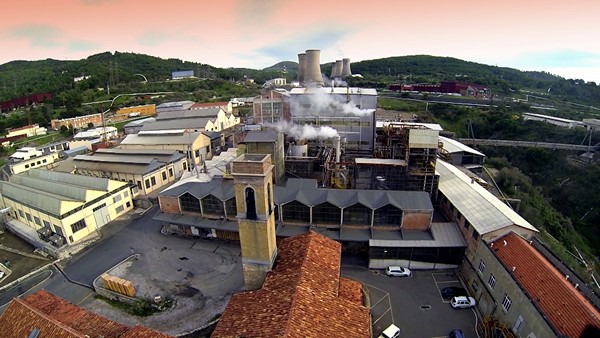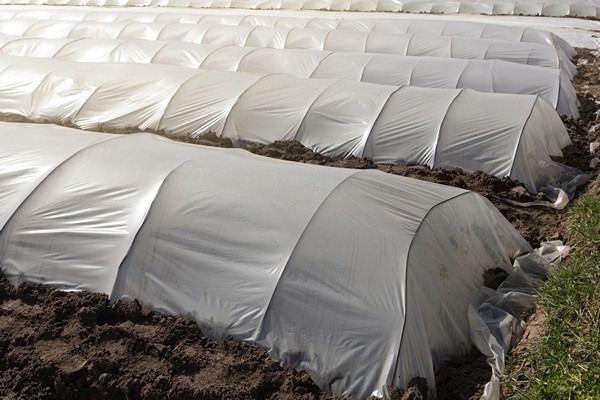The issue of temperature control in greenhouses has become one of the most important aspects of crop management also due to climate change and the swift temperature changes that often occur in the production areas. In particular, high daytime temperatures throughout many months of the year make the environment in protected crops inhospitable for both operators and plants themselves.
 SCL facility in Lardarello (Pisa).
SCL facility in Lardarello (Pisa).
In order to tackle these problems, SCL Italia - Larderello Group, an Italian company specializing in boron technology, studied two new additives capable of reducing thermal stress together with M.A. Plastic Engineering srl, a company working with additives for plastic and biopolymers. Using the zinc borate produced by SLC as an IR-absorber additive, the two companies have developed a molecule concept within the boron family with added synergic additives and creating a new Thermal Balance line.
Marco Andreotti from the company explained: "New-generation additives include Zinflam Thermal Balance 100 and lo Zinflam Thermal Balance 200. While the first (TB100) is recommended for Mediterranean climates, the second (TB200) is instead recommended for agricultural areas with significant temperature changes between day and night, such as desert areas and Central Europe. The Zinflam TB technology helps reduce the passage of NIRs thanks to polyolefin films, in addition to improving their permeability to the long IR rays reemitted by the soil at nighttime so as to reduce heat loss during the coldest hours."

The films obtained with Zinflam TB have a slightly opalescent color and guarantee a good balance between the diffused light and the direct one within the PAR range without interfering with the performance of any other additive normally employed to produce greenhouse films as UV stabilizers (both chemical and physical), antiox, antifog, antimist, etc.
Between September and December 2022, thermal monitoring was carried out at the SCL Experimental Center in Lardarello, whose results were organized in charts. The film used is extruded LD/LLDPE with three 200-micron layers, where TB additives were introduced via masterbatch concentrated at 50% only in the central layer (mb dosage 10%), representing 50% of the entire film structure.
Click here to see the results obtained with Zinflam Thermal Balance 200in the fields and here for the Zinflam Thermal Balance 100 technical sheet.
For more information:
SCL Italia Spa
M.A. Plastic Engineering Srl
Tel.: +39 02 6771681
trigona@scl.industries
andreotti@mapeconsulting.it
larderellogroup.com
scl.industries
